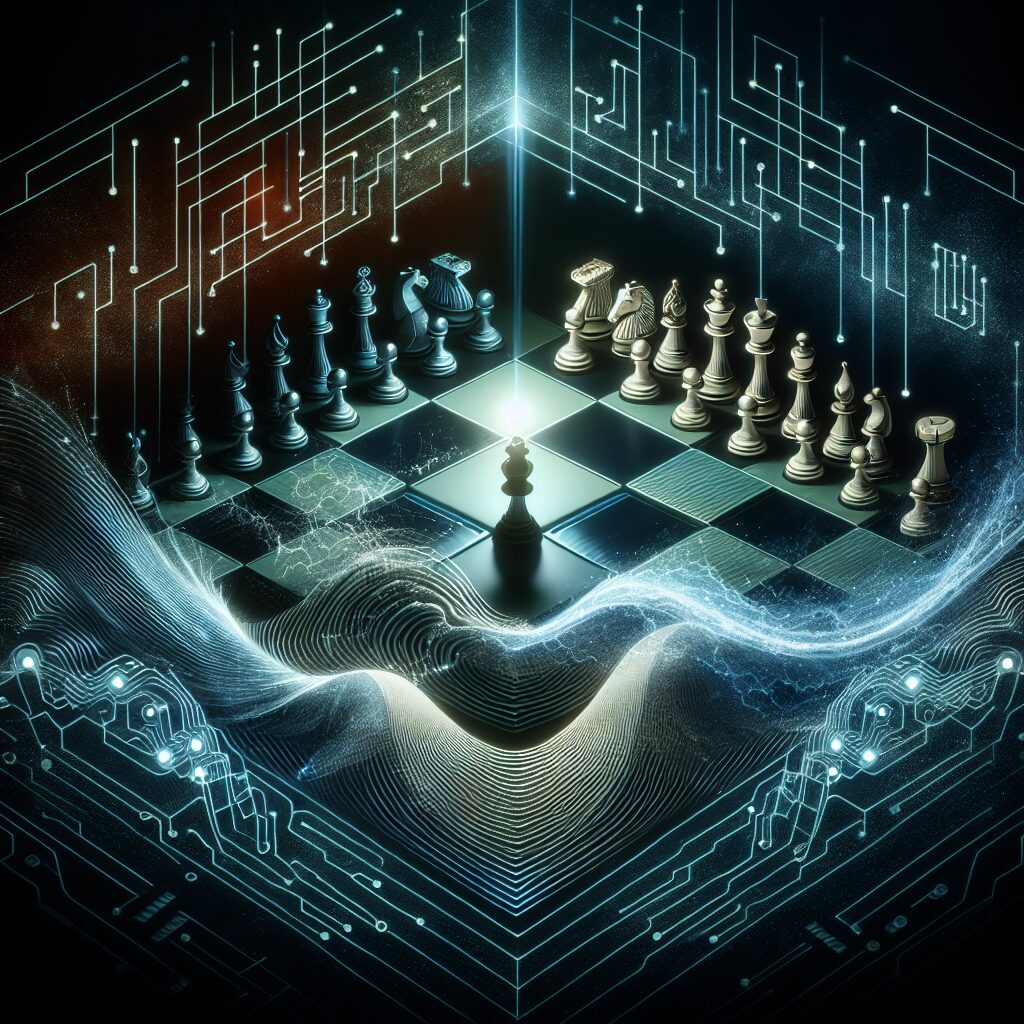As we dive headfirst into the digital age, the unexpected waves created by Artificial Intelligence (AI) continue to ripple through the tech world. The most recent current was stirred up by Duolingo’s CEO, but not in the way you might think. In the chess game of tech innovation, this could be viewed as a bishop’s unexpected diagonal move.
Last week, the CEO dropped what many viewed as a ‘bombshell’ memo, causing a seismic shift in the tech landscape. The memo addressed the company’s approach to AI, sparking controversy and raising eyebrows among industry insiders. As with any good mystery, there’s more to the story than what meets the eye.
The controversy, however, comes not from the memo itself but rather the interpretation of it. The tech community has reacted with shock, but the CEO is adamant: we’ve misunderstood. And as we unravel this tech thriller, we can’t help but ask, have we missed the point?
The CEO’s memo outlined Duolingo’s ambitious vision of leveraging AI to revolutionize language learning. The game-changing element is a two-pronged approach that simultaneously prioritizes human educators and AI advancements. However, the media storm focused on the perceived preference for AI over human instruction, completely missing the harmonious duet of human and machine that Duolingo envisions.
Revisiting the memo with a magnifying glass and the CEO’s clarifications, we find a strategy rooted in balance and synergy. The intent is not to replace human teachers but to equip them with AI tools that maximize their teaching efficiency and effectiveness. In this sense, AI becomes the Robin to every language teacher’s Batman, a super sidekick making the superhero even more super.
In the grand scheme of things, this misunderstood memo is a microcosm of the larger debate around AI’s role in our society. It reflects our collective anxiety about the AI revolution, which often eclipses the potential for a harmonious integration of AI into our daily lives. This incident serves as a reminder of the importance of clear communication, particularly when dealing with complex topics like AI.
By sparking this controversy, Duolingo may have inadvertently highlighted an essential truth: AI’s future depends not only on technological advancements but also on our ability to understand and communicate about it effectively. In the end, it’s not just about the AI algorithms we create but also the narratives we weave around them. So, the question we should be asking is not whether AI will replace us, but how can we work alongside it to create a better future?
